Frederica Freyberg:
In agriculture news, the Trump Administration this week announced it would provide up to $12 billion in emergency relief to farmers hurt by the president’s worldwide trade war. Wisconsin’s democrat and congressional leaders showed a united front in opposing the president’s tariffs and bailout plan. House Speaker Paul Ryan had this to say at his weekly press briefing.
Paul Ryan:
I’ve made it pretty clear I don’t think tariffs are the right answer. I don’t support tariffs. I think tariffs are taxes. I think there are better tools that we can use to hold abusers of trade laws and people who — countries that perpetuate unfair trade practices, I think there are better tools to use to get them to play fairly.
Frederica Freyberg:
In response to the president’s actions, Wisconsin’s Republican Senator Ron Johnson said, “This is becoming more and more like a Soviet type of economy here. Commissars deciding who’s going to be granted waivers, commissars in the administration figuring out how they’re going to be sprinkling around benefits. Wisconsin’s Democratic Senator Tammy Baldwin also opposes the president’s tariffs move saying, “Our farmers are struggling and trade wars are not helping. They are hurting our Wisconsin economy. That’s why I called on the Trump Administration to use the authority Congress provided to take immediate action to support Wisconsin farmers and to put in place a plan to maintain the strength of agriculture exports.”
In tonight’s inside look, the impact of the trade war on Wisconsin farmers. The European Union, Canada, Mexico, China and other countries responded to President Trump’s tariffs with tariffs of their own. They’re often targeting farm country, the source of some of America’s biggest exports and an important political base for the president. The $12 billion in farm aid announced this week primarily targets soybean producers, dairy and hog farmers. Jim Holte, the president of the Wisconsin Farm Bureau Federation, joins us from Green Bay to give us his insights on the impact of the tariffs on Wisconsin farmers. Thanks very much for being here.
Jim Holte:
Thank you for the invitation.
Frederica Freyberg:
Tariffs and trade issues are fast-moving at week’s end as you know. It looks like President Trump and the E.U. have reached an accord over tariffs potentially. What can you tell me about what this mean for Wisconsin agriculture right now?
Jim Holte:
It’s a little bit difficult to answer that question because just as you have a lack of details, so do we. But I would say we’re encouraged that the Federation continues to work on bilateral agreements. All trade agreements are important to agriculture in Wisconsin and we’re encouraged that there is some positive movement.
Frederica Freyberg:
What have retaliatory tariffs imposed by the E.U., Mexico, Canada or China meant for Wisconsin producers so far?
Jim Holte:
Well, many producers like myself would follow the futures markets on each of those products and those help us to take some risk out of our businesses. And when the tariffs were announced on each side of the aisle– of the countries, rather, they depressed those markets because there’s a lot of uncertainty in the markets when tariffs are increased or changed. So many of those major markets that you mentioned have been depressed significantly the last say four to six weeks.
Frederica Freyberg:
Which area for Wisconsin farmers or producers is most hurt?
Jim Holte:
I would say it’s had the most immediate impact on our dairy industry. And the reason that is is because dairy farmers produce a very fragile product. One that has a short shelf life, and so it needs to be marketed immediately as it leaves the farm or as it’s produced on the farm. And so they’re immediately subjected to those changes in prices. Now, as a soybean farmer myself, yes, I am growing a crop I intend to sell, but I don’t have to sell it today or I don’t have to sell it next week. So I have maybe a little more opportunity to look for some better opportunities in the future pricing of that product.
Frederica Freyberg:
I know that the president announced this $12 billion kind of bailout for farmers. Will that still apply, in your understanding?
Jim Holte:
Well, we’re waiting for details again on that, and what I do know is that the administration has announced three different areas they were spending those funds in. One would be some direct payments to farmers. One would be some additional food purchases that then would be distributed to food feeding programs. And the third one would be attempts to help in the marketing and in the sale of U.S. products across the world in different scenarios. So how that’s going to be divided up or how much would really impact would have is yet to be seen.
Frederica Freyberg:
I know that not everyone is onboard with that $12 billion. What’s your reaction to it?
Jim Holte:
As a farmer and talking to a number of my colleagues, I would say that in the short soundbite, we’d rather have trade than aid. We would much rather go about our daily work of producing food for this country and this world and sell it to this country and this world and have government stay off to the sideline. We know that’s not 100% realistic, so this current situation where farms are really struggling with prices, this program can offer some assistance. We have to keep in mind that it’s temporary and it’s probably relatively minor. But it’s a positive signal, but there’s other positive signals we see, too, as far as increased attention towards bilateral trade agreements in multiple places across the world. And that’s where we’d really like to pin our future.
Frederica Freyberg:
You spoke to this a little bit earlier, but what kind of uncertainty does all of this create?
Jim Holte:
Well, when you have a product that’s impacted by supply and demand and suddenly the demand changes and in this case reduces, it has a very immediate and direct price effect on those futures markets. So it takes away some of the light at the end of the tunnel for making a reasonable profit. An example. When this action started taking place, tariffs, dairy markets, the futures in dairy markets and they’re traded for every month going forward probably dropped by close to a dollar by hundredweight. And that drop was from a market that was already challenging farmers a great deal. So it took away some of the optimism, some of the light at the end of the tunnel for some improvement there. Likewise in corn and soybean and pork markets, those markets all reacted negatively as well, which takes away some of the opportunity to have a good business year.
Frederica Freyberg:
So you’re the president of the Farm Bureau, but what are individual farmers telling you?
Jim Holte:
They’re concerned. They’re concerned about their financial future, really. With prices as low as they currently are — and I’d remind your viewers that farm income has been dropping for five consecutive years. Now, it started out at a strong level, but those continued drops year by year really cause you to question why am I doing this, why — what financial future is there for me and my family, my children. And those things are very, very emotional. And so while we understand the need for trade discussions and trade improvements, it’s a difficult time for farmers to work through this process.
Frederica Freyberg:
Absolutely. Jim Holte, thanks very much for joining us to talk about it.
Jim Holte:
Thank you.
Search Episodes
News Stories from PBS Wisconsin

Donate to sign up. Activate and sign in to Passport. It's that easy to help PBS Wisconsin serve your community through media that educates, inspires, and entertains.
Make your membership gift today
Only for new users: Activate Passport using your code or email address
Already a member?
Look up my account
Need some help? Go to FAQ or visit PBS Passport Help
Need help accessing PBS Wisconsin anywhere?

Online Access | Platform & Device Access | Cable or Satellite Access | Over-The-Air Access
Visit Access Guide
Need help accessing PBS Wisconsin anywhere?

Visit Our
Live TV Access Guide
Online AccessPlatform & Device Access
Cable or Satellite Access
Over-The-Air Access
Visit Access Guide
 Passport
Passport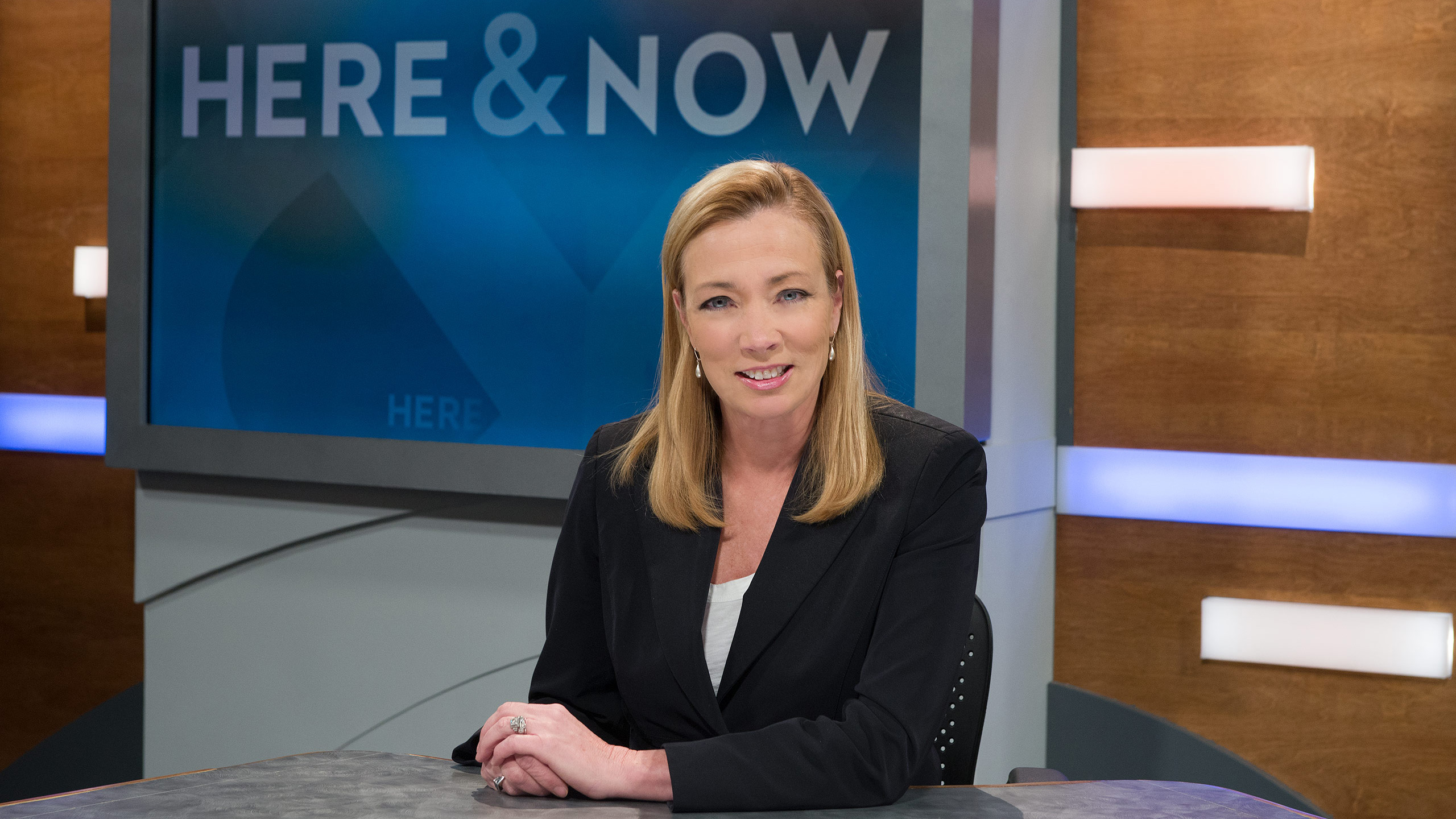





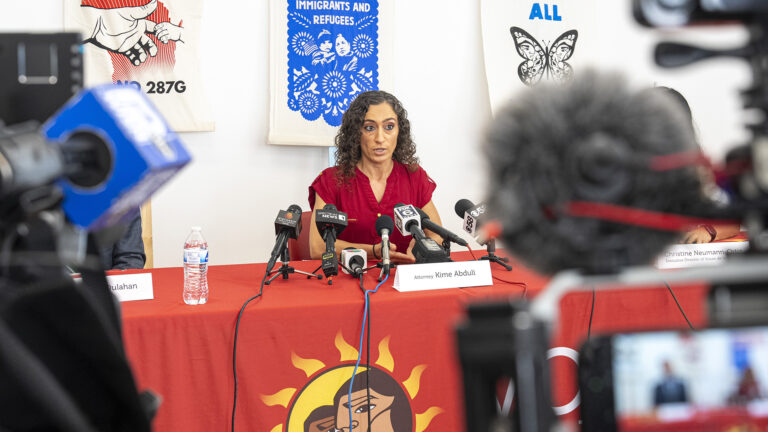
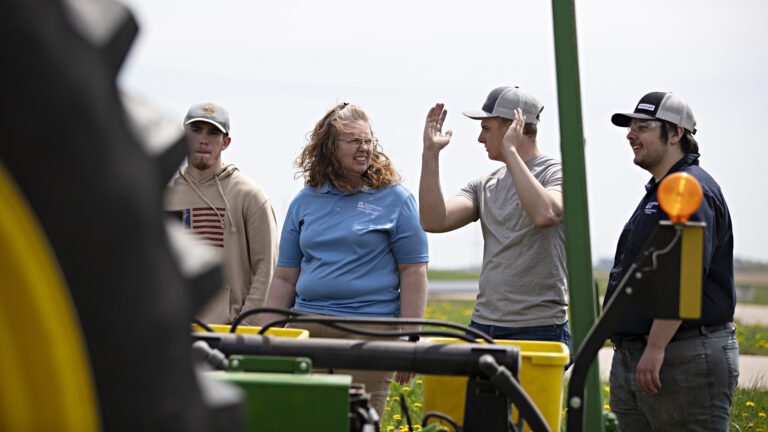
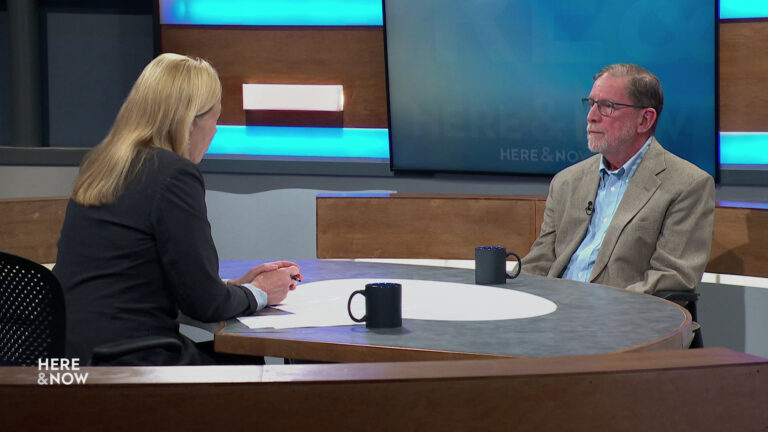

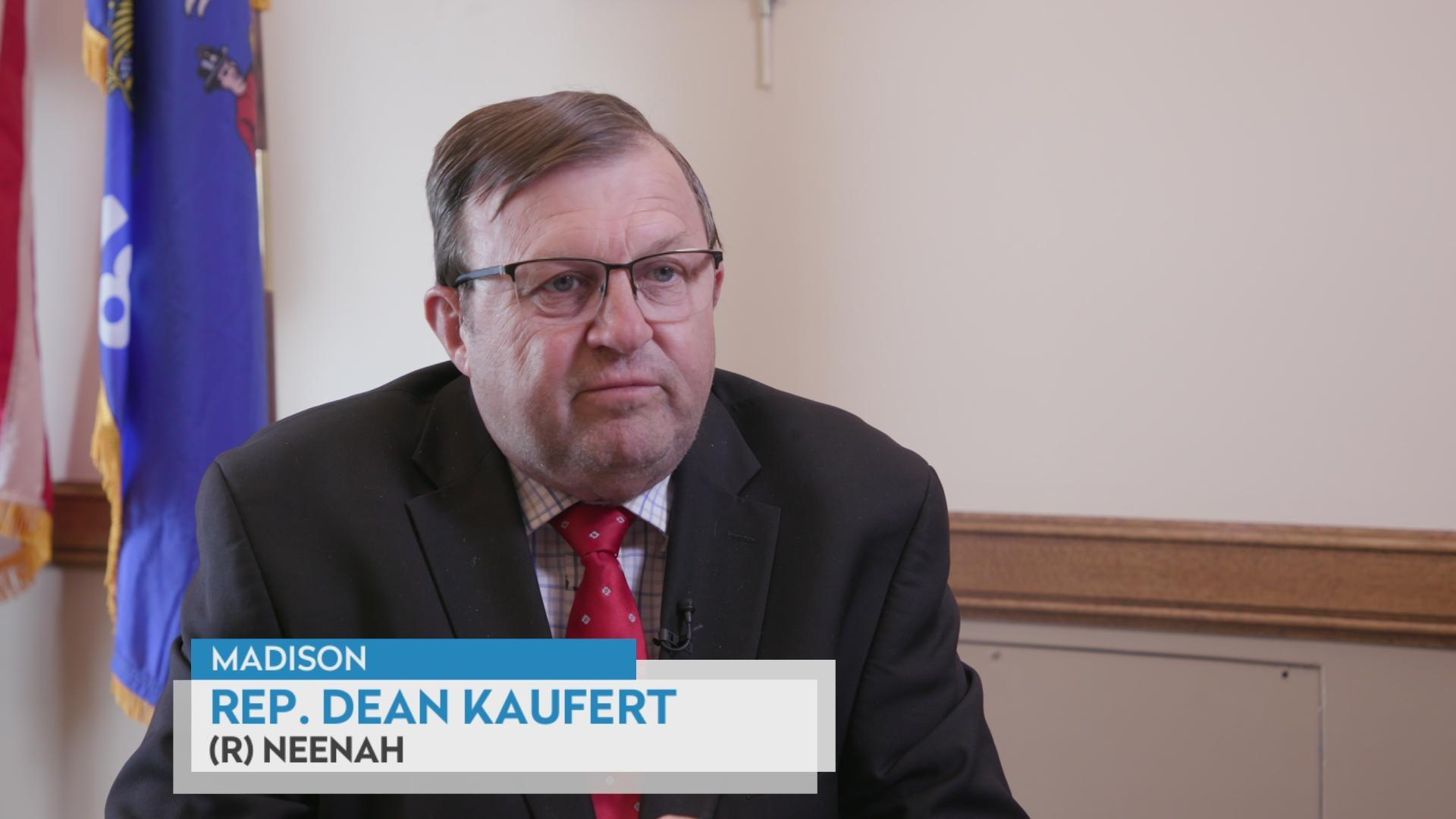

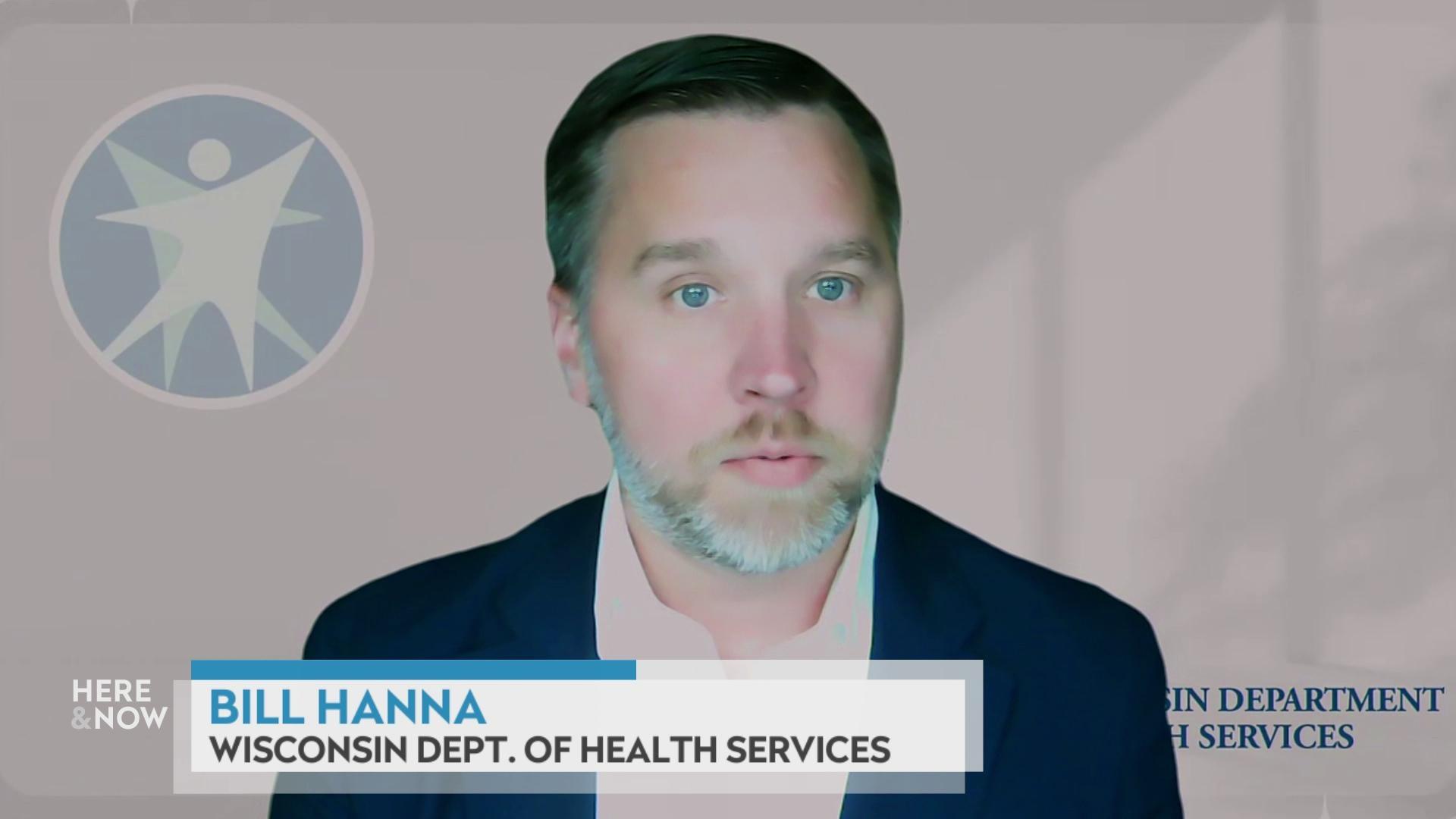



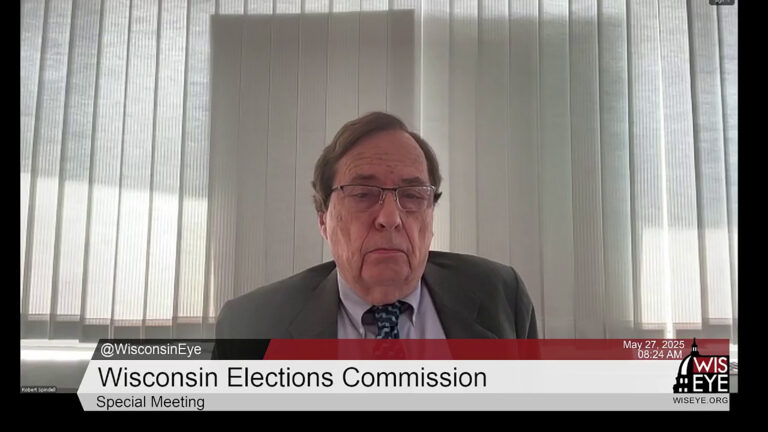
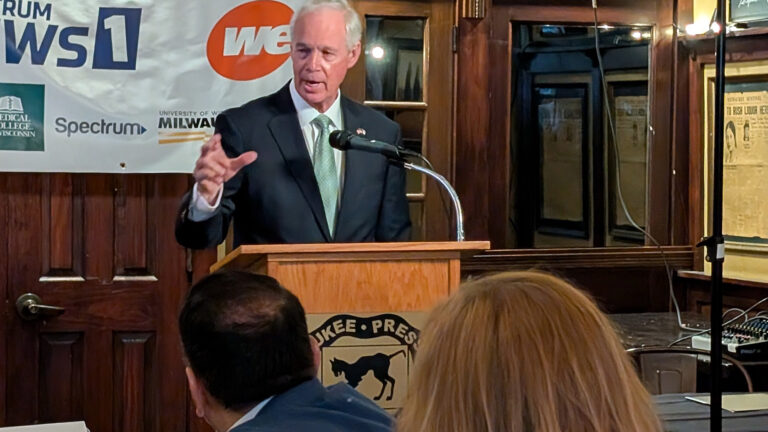


Follow Us